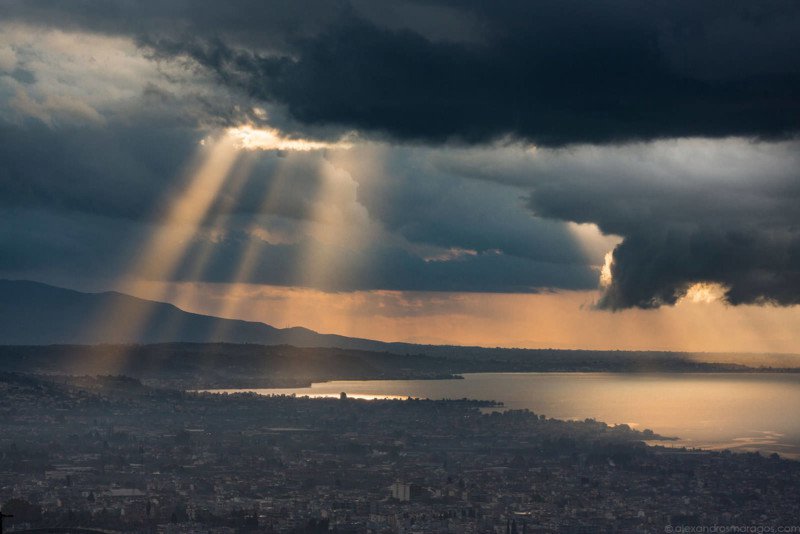
![]()
The word “photography” derives from Greek and literally means “drawing with light”. It is a combination of the Greek words “photo-” (φως), meaning “light,” and “-graphia” (γραφή), meaning “writing” or “drawing”. The same goes for the word “cinematography”.
In both arts the use of light and the quality of light are the most important factors influencing the overall aesthetic quality of the picture. Understanding light and how it works is key. For landscape photography, finding locations with beautiful natural light is also key.
As a filmmaker and photographer leaving and shooting in Greece, I have the privilege of capturing the special radiant light of the country. The light of Greece has long been praised for its unique and compelling properties. How it reflects off stone and sea with an unrivaled, crystalline gleam, how in high summer it can consume you so completely that you feel as though you’re swimming inside it, suspended in its tempered, liquid glow
Many authors have written that the Golden Age of Greece was made possible in part because of Greece’s special radiant light. In Greece you don’t see things as they appear — you see things as they are.
90% of my landscape photography is during the Golden Hour and I often use “bad” weather which creates an even more dramatic light on the landscape, especially at the end of a storm when direct sunlight breaks through. Heavy clouds, mist, and fog add atmosphere to the scene and stormy skies act as a natural diffuser, casting even light across the scene.
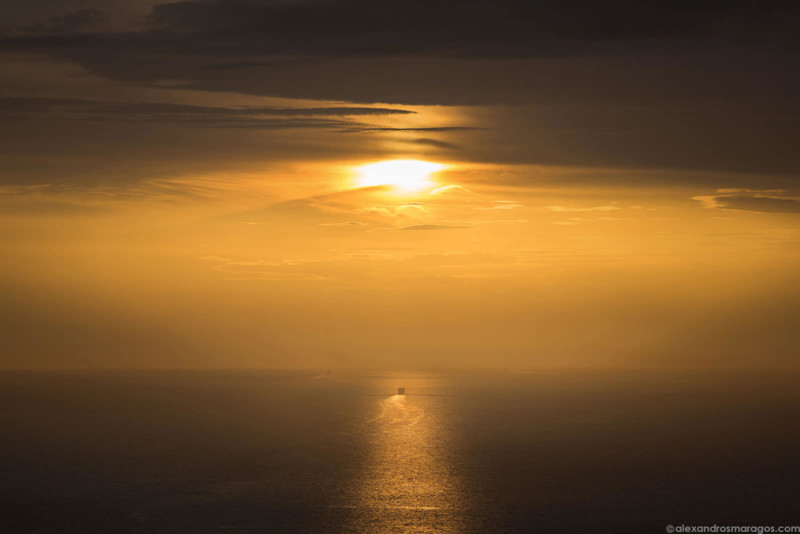
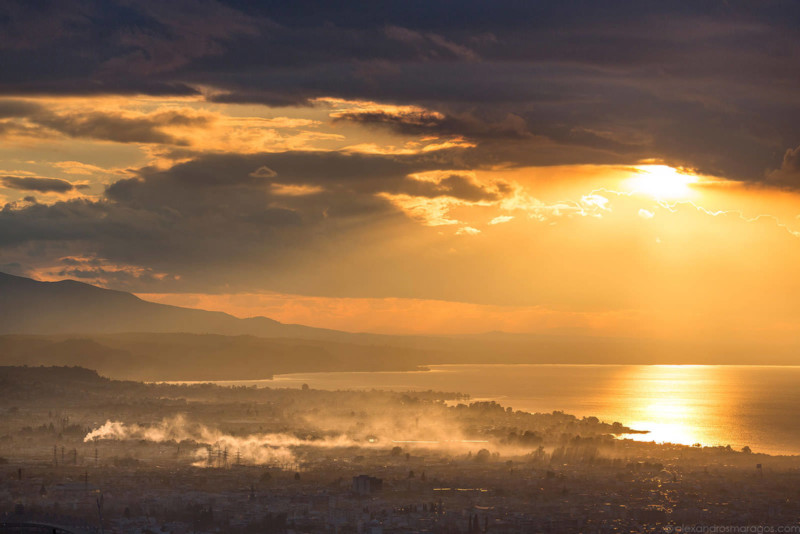
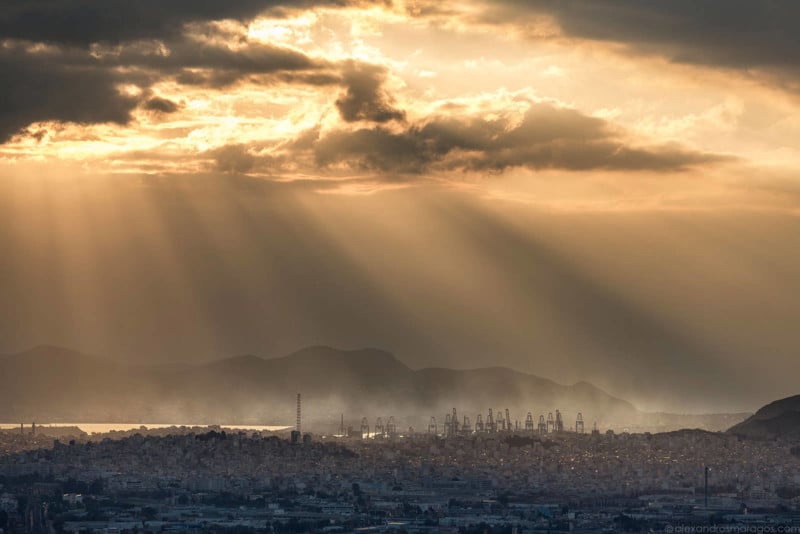
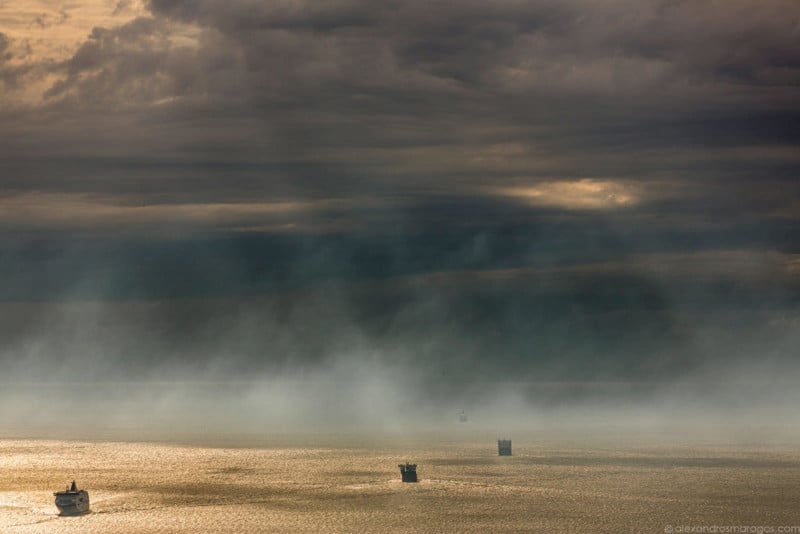
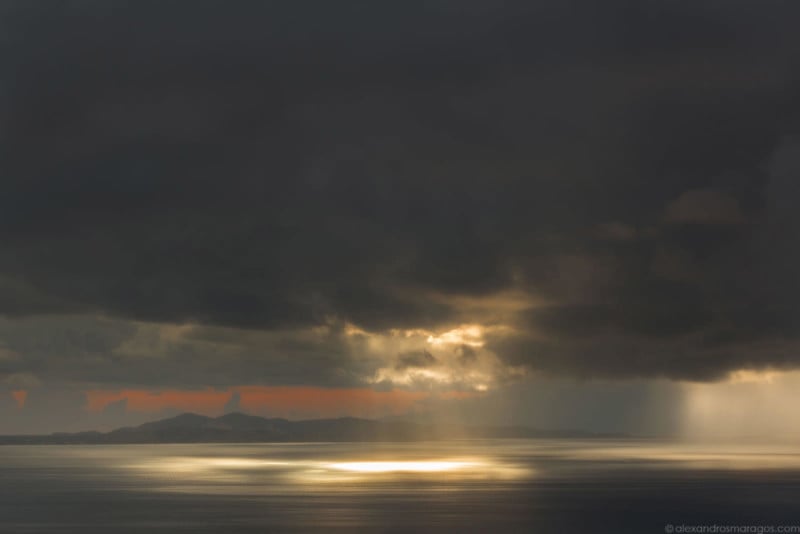
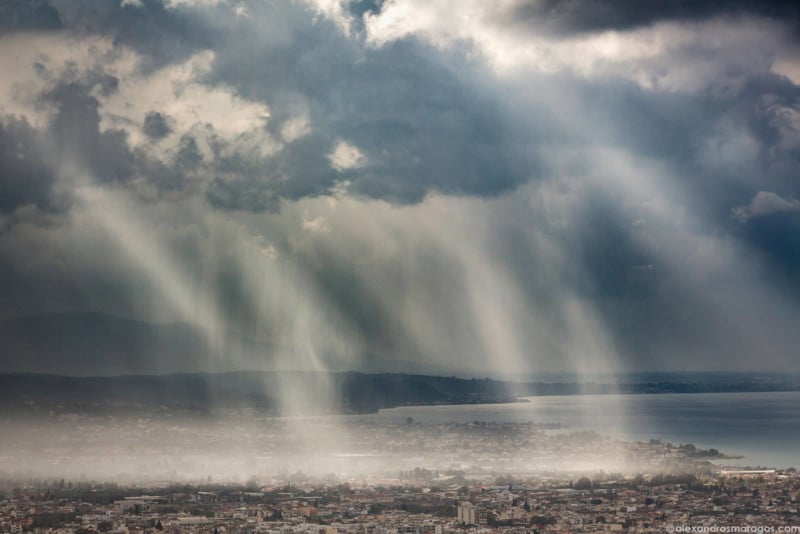
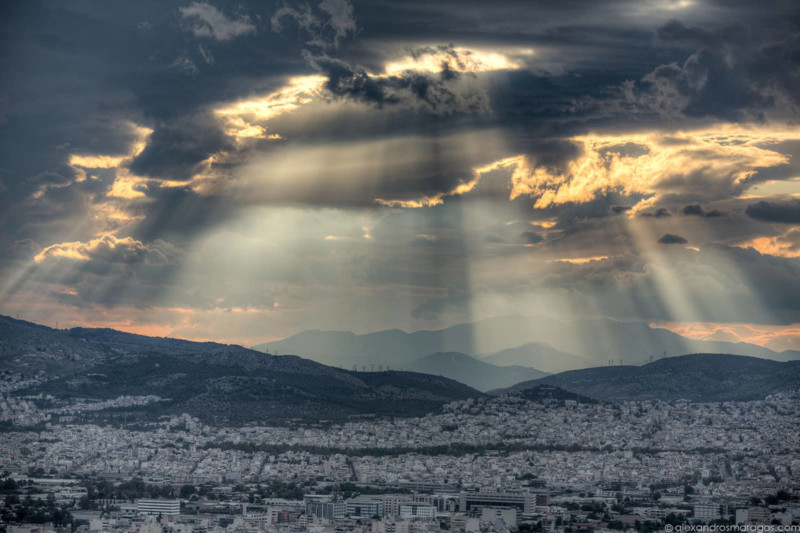
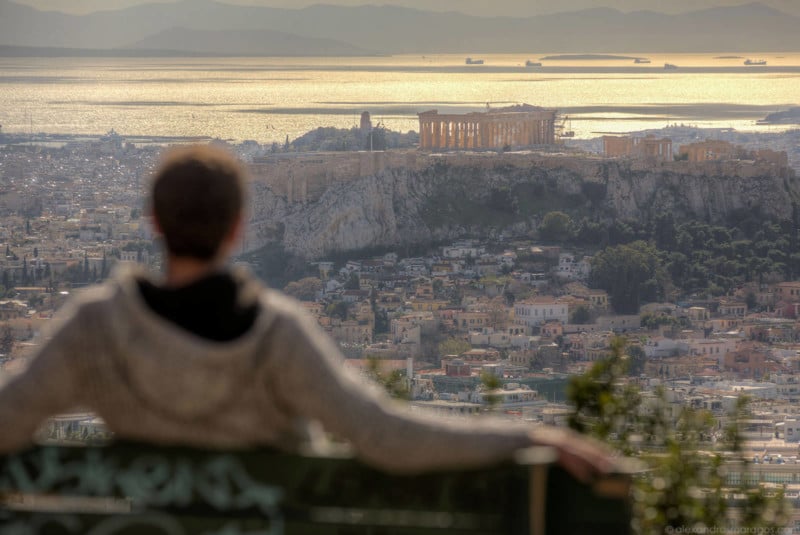
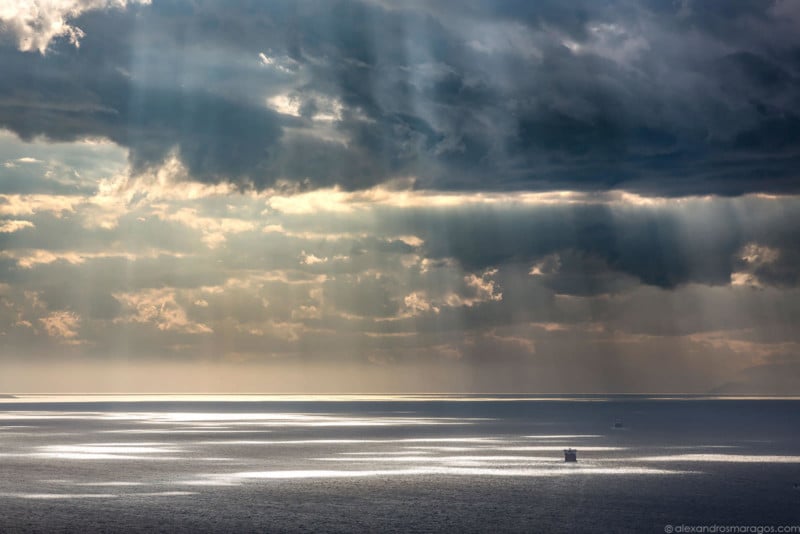

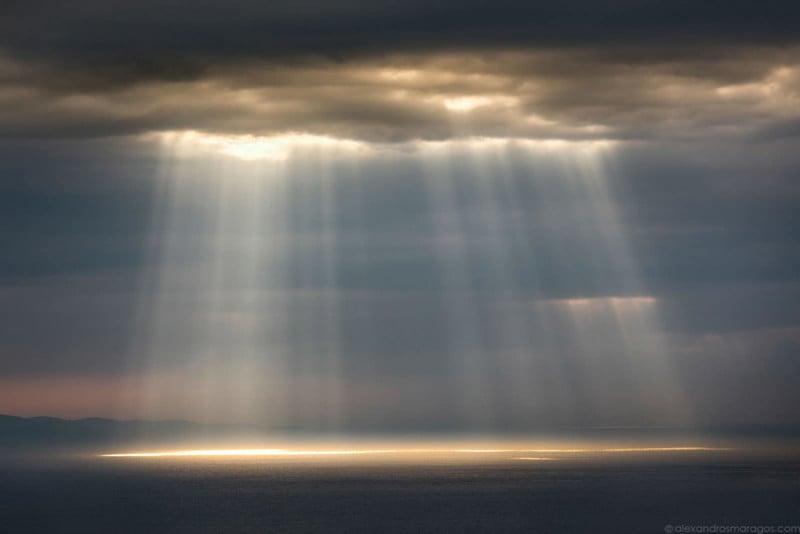
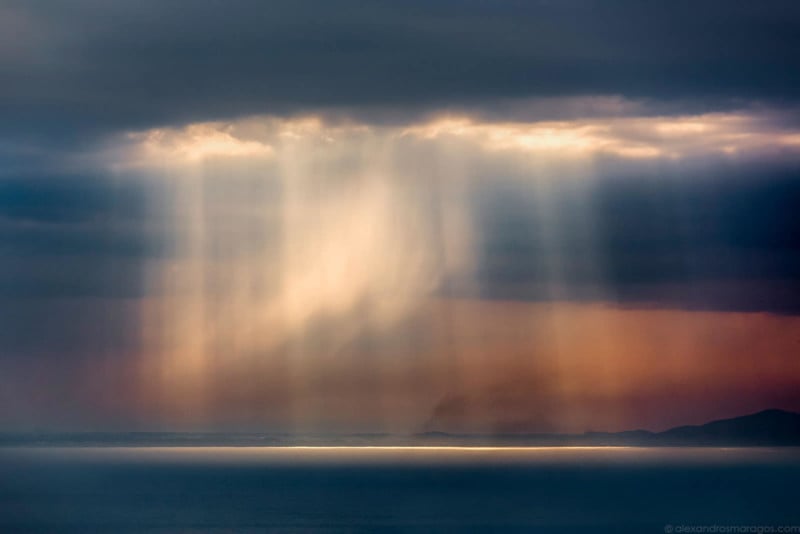
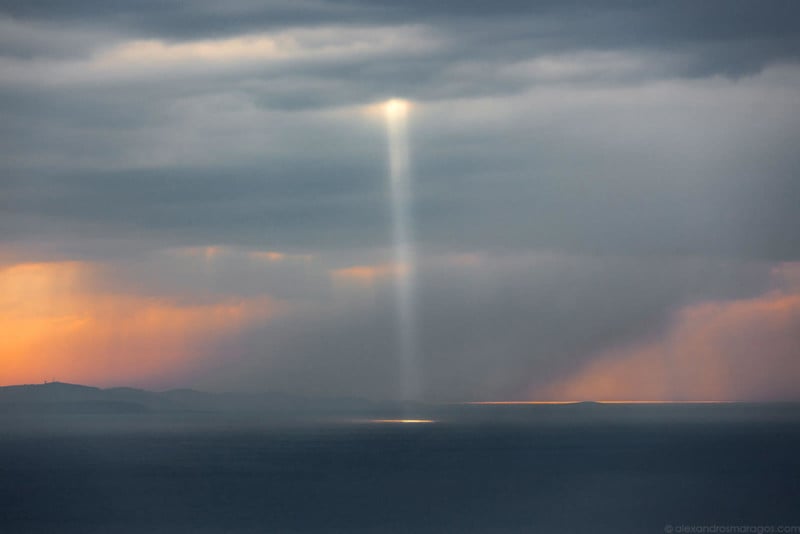
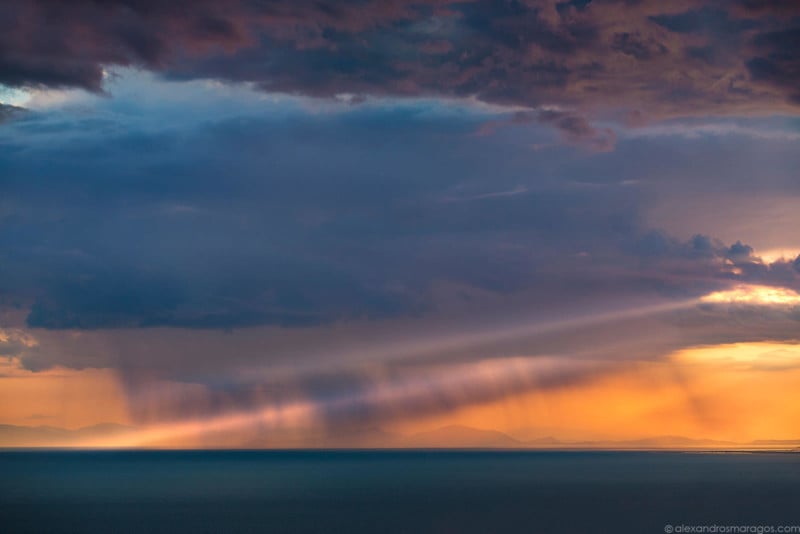


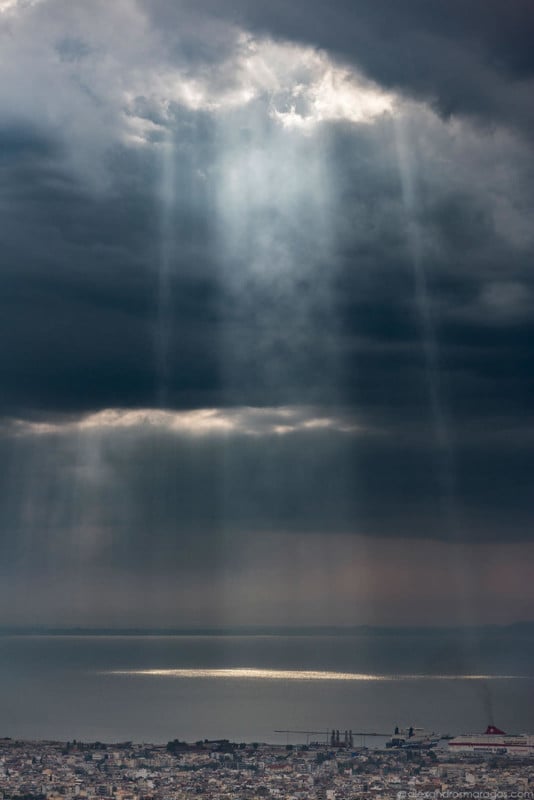
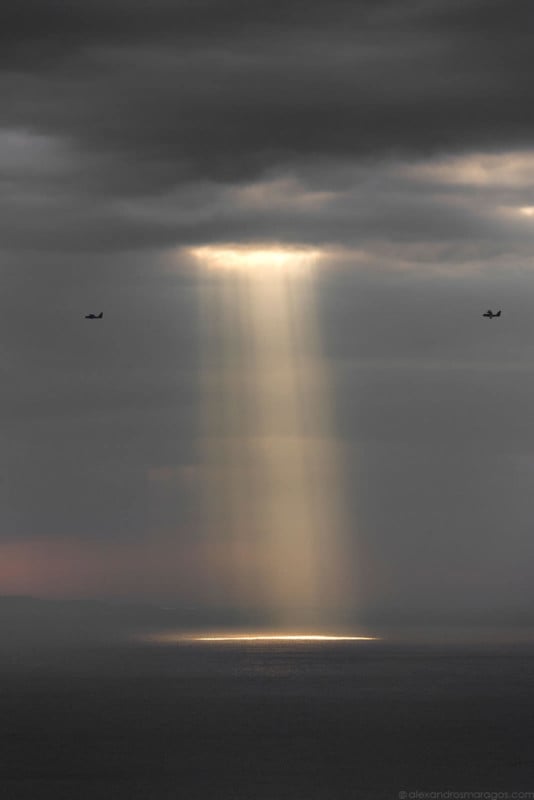
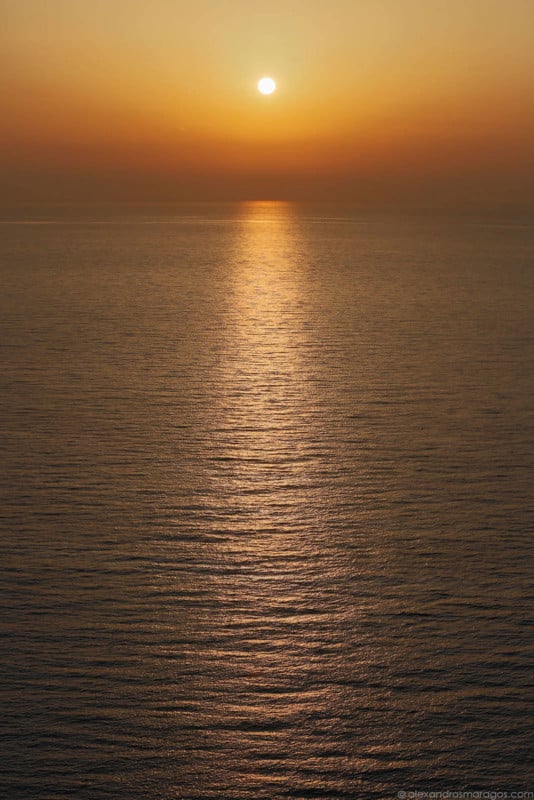
About the author: Alexandros Maragos is an Athens based filmmaker and photographer best known for his diverse and dynamic visual style. In addition to having been featured by international organizations and publications including NASA and National Geographic, his photography and timelapse imagery has been licensed by some of the biggest brands and corporations in the world. To see more of his work visit his website or follow him on Facebook, Twitter, or Instagram. This article originally appeared here.

